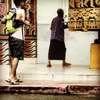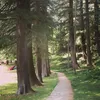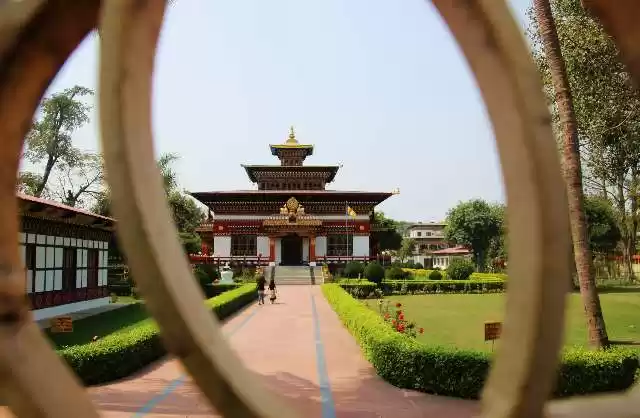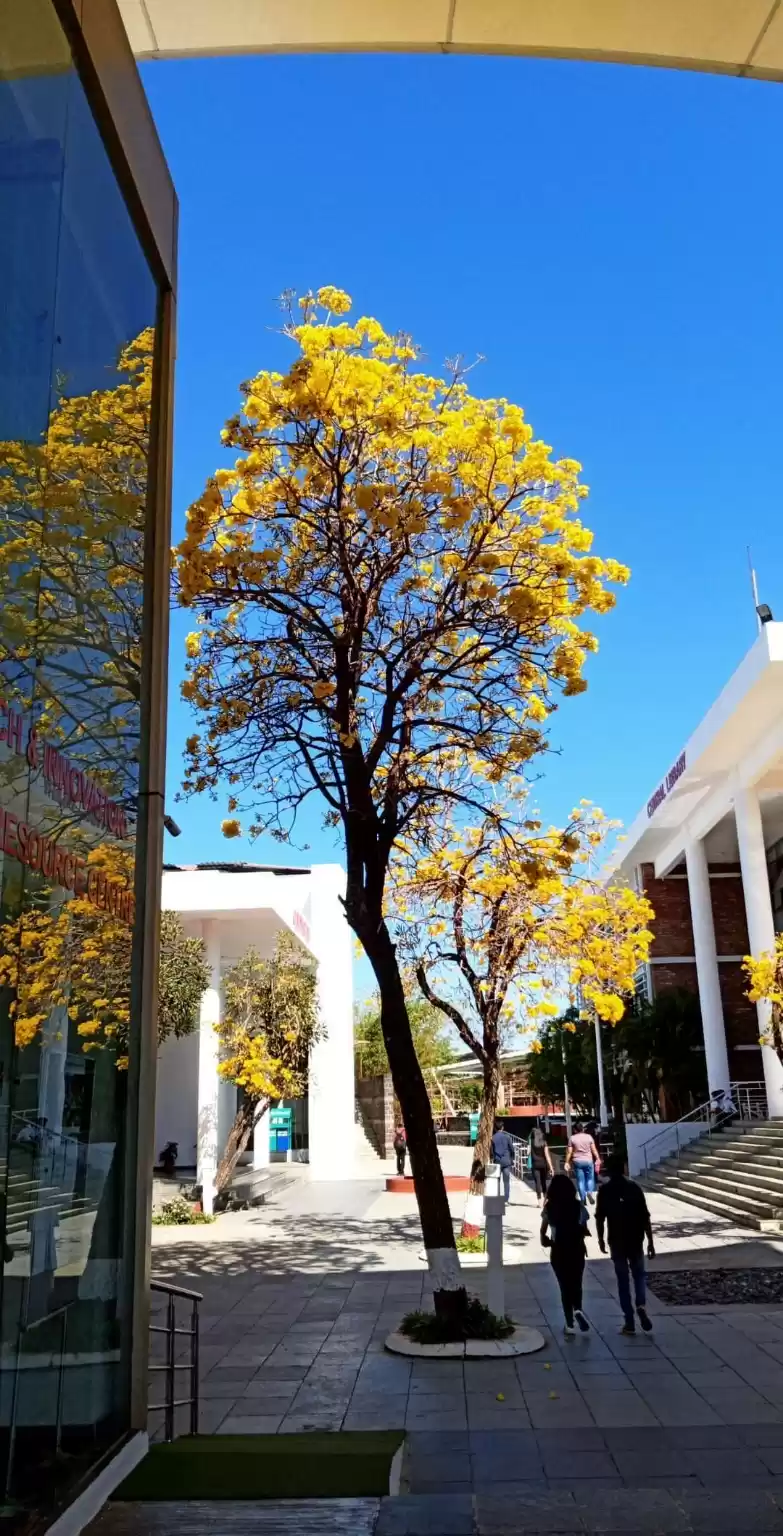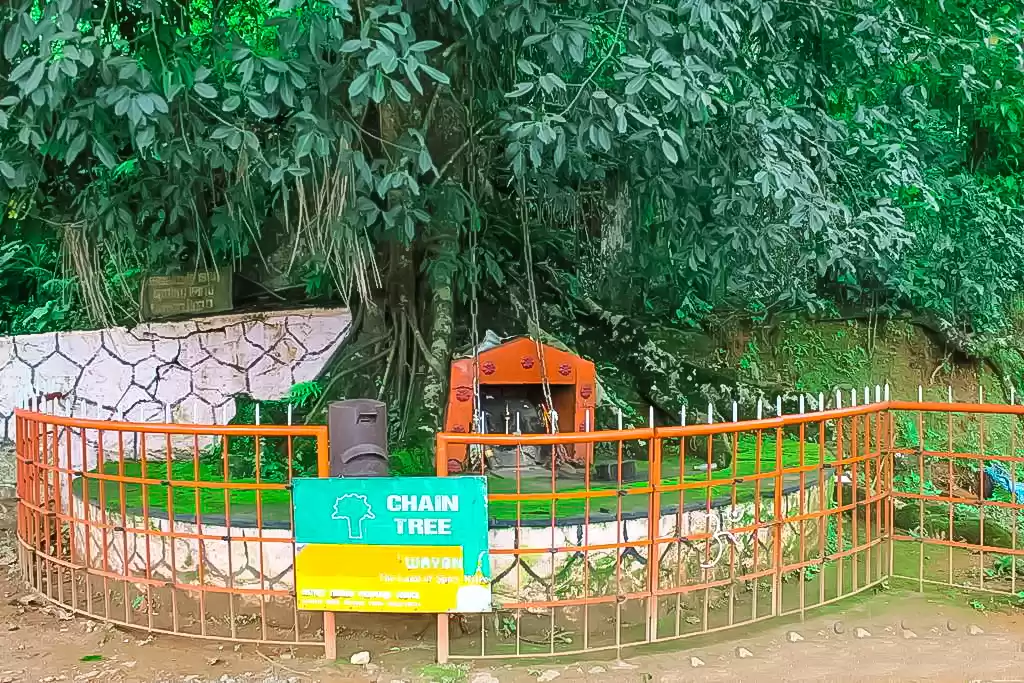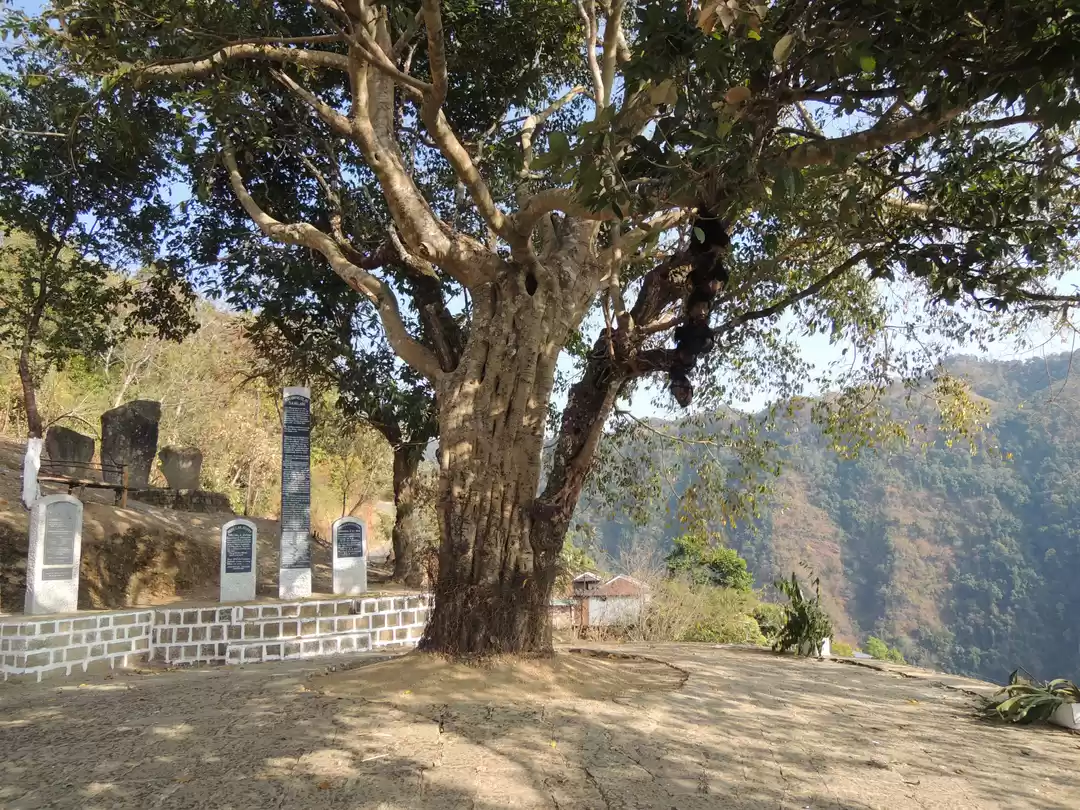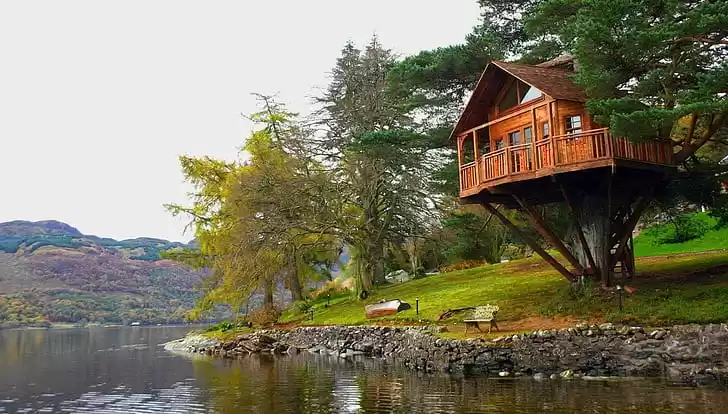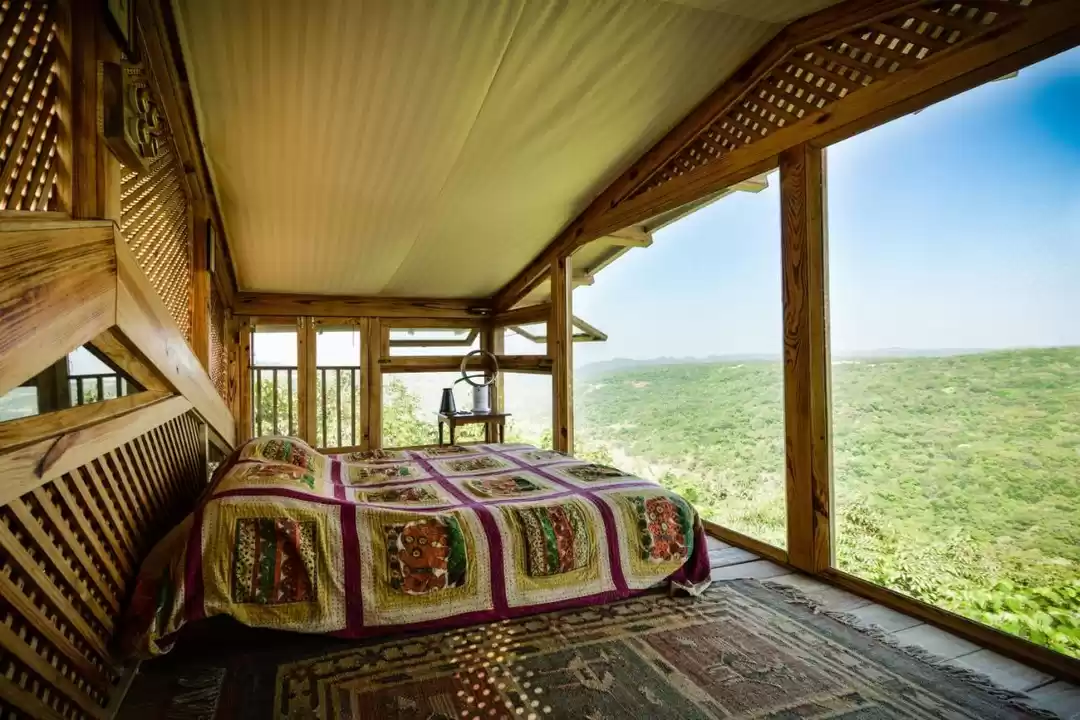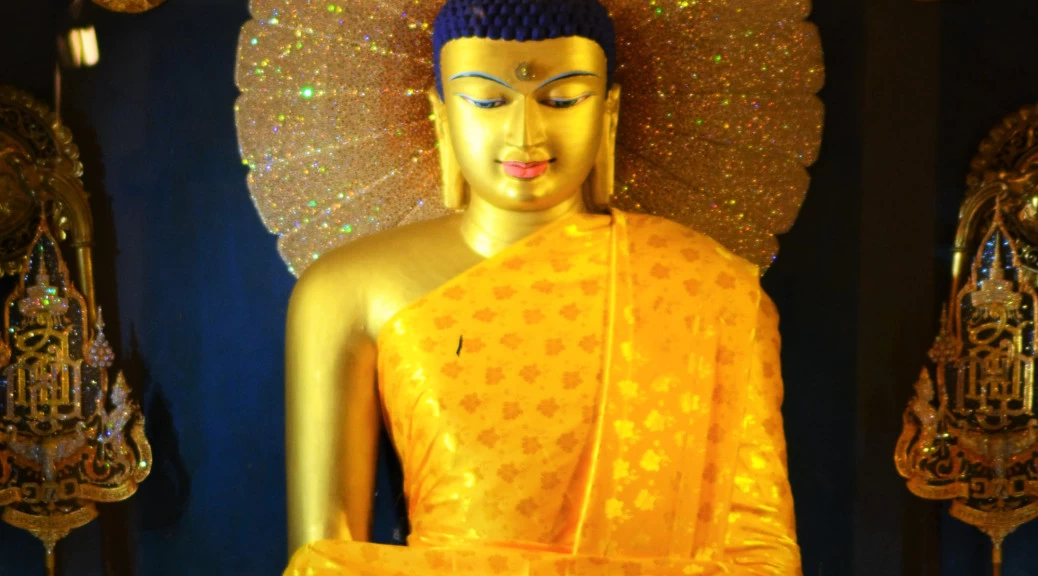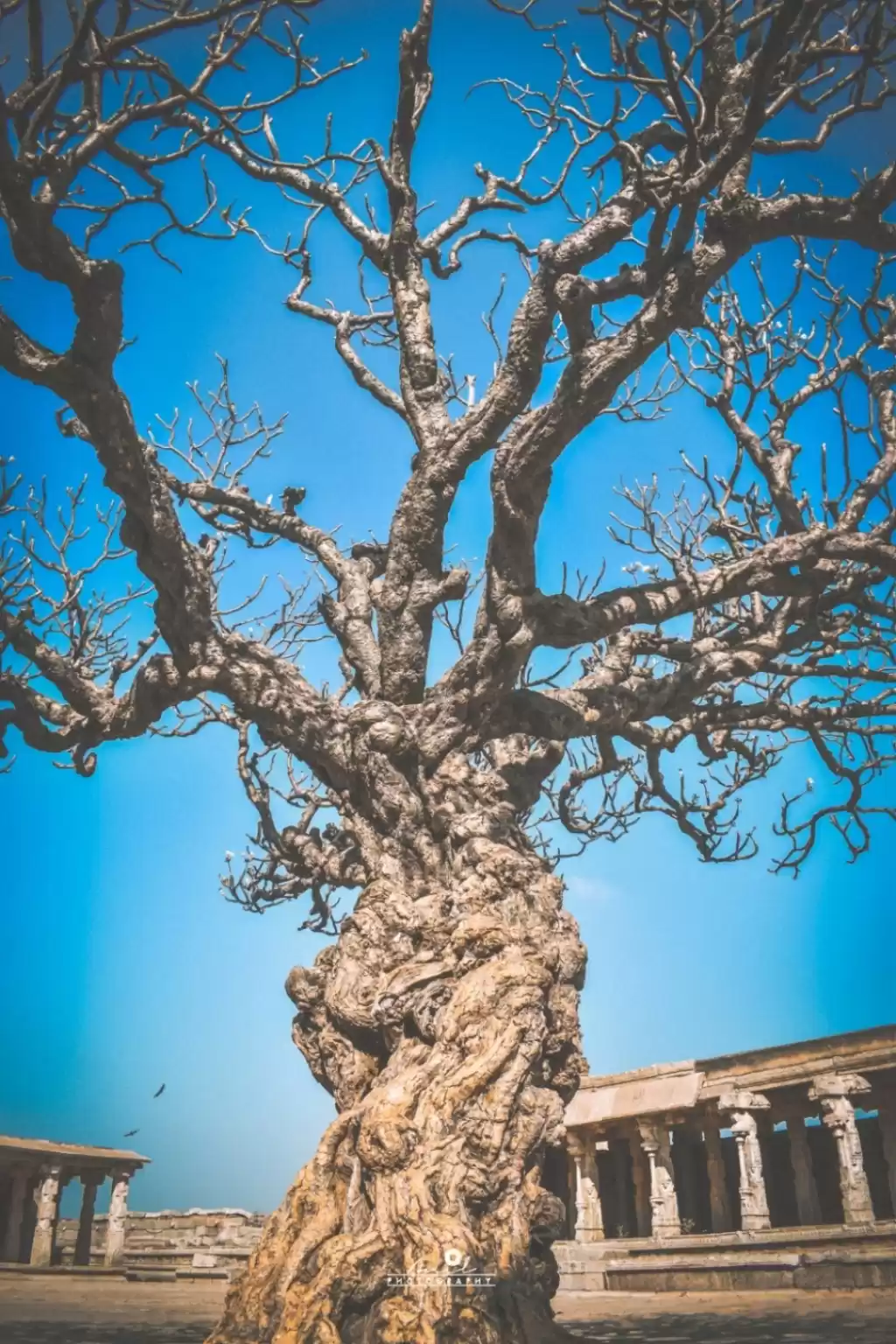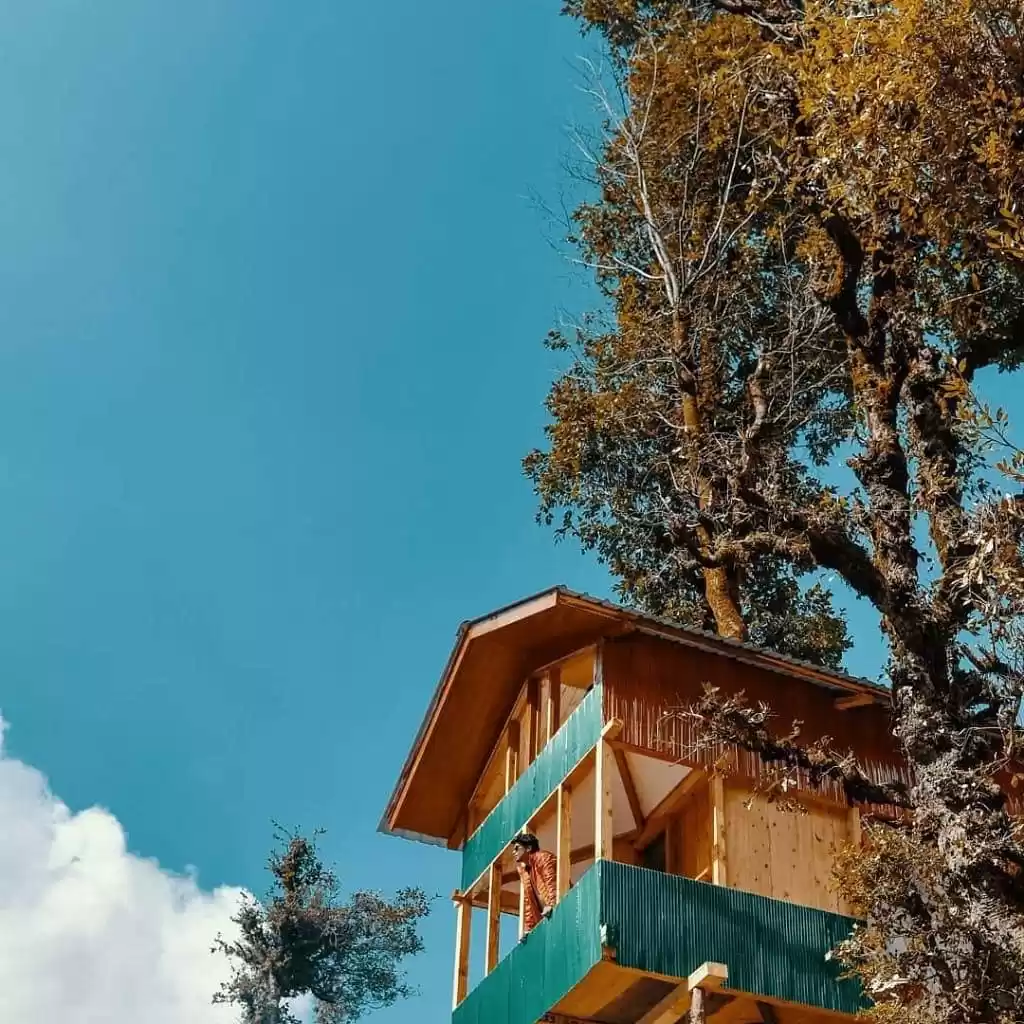India is a land of diverse religions, cultures, and traditions. Among its many attractions, one of the most fascinating and revered places is the Bodhi Tree in Bodh Gaya, Bihar. The Bodhi Tree is the place where Siddhartha Gautama, the founder of Buddhism, achieved enlightenment and became the Buddha. For Buddhists and travelers alike, visiting the Bodhi Tree is a once-in-a-lifetime experience that can inspire and transform you.
But how do you get to the Bodhi Tree? What can you expect there? What are the best times and ways to visit it? How can you make the most of your trip to this holy site? In this article, we will answer all these questions and more. We will provide you with a comprehensive guide to visiting the Bodhi Tree, including its history, legend, appearance, rituals, and tips. By the end of this article, you will have everything you need to know to plan your trip to the Bodhi Tree and enjoy its spiritual atmosphere.
History and Legend of the Bodhi Tree
The Bodhi Tree is not just any ordinary tree. It is a symbol of enlightenment and wisdom for millions of Buddhists around the world. The story of the Bodhi Tree dates back to over 2,500 years ago, when a young prince named Siddhartha Gautama renounced his worldly life and embarked on a quest for truth. He wandered across India, seeking various teachers and practices, but none of them satisfied him. He finally decided to sit under a large fig tree in Bodh Gaya and meditate until he found the answer.
According to legend, he faced many temptations and obstacles from Mara, the lord of illusion, who tried to distract him from his goal. But Siddhartha remained steadfast and calm, and after 49 days of meditation, he attained enlightenment. He realized the true nature of reality and the causes of suffering and happiness. He became the Buddha, which means “the awakened one”. He then spent seven weeks under the tree, contemplating his discovery and sharing it with others.

The tree under which he sat became known as the Bodhi Tree, which means “the tree of enlightenment”. It is said that Emperor Ashoka, a great patron of Buddhism, visited the site in the 3rd century BCE and built a temple around it. He also sent his daughter Sanghamitta to Sri Lanka with a cutting of the original tree, which was planted there and still exists today.
The original tree in Bodh Gaya was destroyed by a storm in 1876, but a descendant of it was planted in its place by a British archaeologist named Alexander Cunningham. The current tree is about 150 years old and is considered as sacred as the original one.
Appearance and Condition of the Bodhi Tree
The Bodhi Tree is a type of fig tree that belongs to the genus Ficus religiosa. It has a height of about 25 meters and a trunk diameter of about 2 meters. It has heart-shaped leaves that are dark green on top and light green on the bottom. It produces small green fruits that are edible but not very tasty. It also has aerial roots that hang from its branches and form a canopy over its base.
The Bodhi Tree is located within the Mahabodhi Temple Complex, which is a UNESCO World Heritage Site. The temple complex covers an area of about 12 acres and contains several other structures and monuments related to Buddhism. The most prominent one is the Mahabodhi Temple, which stands next to the tree and houses a statue of Buddha in the posture of meditation. The temple has a pyramidal shape with four towers on each corner and a fifth one at the center. It has a height of about 55 meters and is decorated with carvings and sculptures depicting scenes from Buddha’s life.
The Bodhi Tree is surrounded by a stone railing that marks its boundary. The railing has two gates: one on the east side facing the temple and one on the west side facing the river Niranjana. The railing also has several inscriptions and images that date back to different periods of history. The area around the tree is paved with marble slabs that have footprints of Buddha engraved on them. These are called the Vajrasana or the Diamond Throne, which represents the spot where Buddha sat when he attained enlightenment.
The condition and health of the Bodhi Tree are closely monitored by the temple authorities and devotees. They regularly water, prune, fertilize, and protect it from pests and diseases. They also install metal rods and wires to support its branches and prevent them from breaking. The tree is considered as a living entity and is treated with respect and reverence. It is also a source of blessings and miracles for many people who believe that its leaves and fruits have healing powers.
Rituals and Offerings at the Bodhi Tree
The Bodhi Tree is not only a historical and cultural attraction, but also a spiritual and religious one. It attracts thousands of pilgrims and visitors every year, especially during the full moon days and the festivals of Buddha Purnima and Bodhi Day.
These are the days that commemorate Buddha’s birth, enlightenment, and death. People from different countries, traditions, and backgrounds come to the Bodhi Tree to pay their respects and honor Buddha’s teachings.
Some of the common rituals and offerings that people perform at the Bodhi Tree are:
Circumambulating: This is the act of walking around the tree in a clockwise direction, while reciting prayers or mantras. It is a way of showing reverence and gratitude to the tree and Buddha. It is also believed to bring good luck and merit to the person who does it.
Prostrating: This is the act of bowing down or lying flat on the ground in front of the tree, with the palms and forehead touching the floor. It is a way of expressing humility and devotion to the tree and Buddha. It is also believed to purify the mind and body of the person who does it.
Meditating: This is the act of sitting quietly and calmly under or near the tree, while focusing on one’s breath or a chosen object. It is a way of following Buddha’s example and practicing his core teaching of mindfulness. It is also believed to enhance one’s awareness and insight into reality.
Chanting: This is the act of singing or reciting sacred texts or verses that praise or invoke the tree or Buddha. It is a way of expressing joy and gratitude to the tree and Buddha. It is also believed to create positive vibrations and energy in the environment.
Praying: This is the act of communicating with or asking for something from the tree or Buddha. It is a way of expressing one’s wishes, hopes, fears, or problems to the tree or Buddha. It is also believed to receive guidance, protection, or assistance from them.
Offering: This is the act of giving something to the tree or Buddha as a sign of respect, generosity, or gratitude. It can be anything from flowers, incense, candles, flags, scarves, fruits, water, milk, honey, etc. It is a way of sharing one’s resources and happiness with the tree and Buddha. It is also believed to create a bond and harmony between them.
Tips for Visiting the Bodhi Tree
Visiting the Bodhi Tree can be a rewarding and memorable experience for anyone who is interested in Buddhism or spirituality. However, it can also be challenging and overwhelming if you are not prepared or informed. Here are some practical and useful tips for travelers who want to visit the Bodhi Tree and make the most of their trip:

Best time to visit:
The best time to visit the Bodhi Tree depends on your preference and purpose. If you want to avoid crowds and enjoy a peaceful atmosphere, you can visit during the off-season months of April to September. However, these are also the hottest and rainiest months in India, so you may have to deal with high temperatures and humidity.
If you want to witness festivals and events and mingle with other pilgrims, you can visit during the peak season months of October to March. However, these are also the busiest and most expensive months in India, so you may have to deal with long queues and high rates.
Best way to reach:
The best way to reach the Bodhi Tree depends on your location and budget. If you are coming from abroad, you can fly to Gaya International Airport, which is about 12 km away from Bodh Gaya. You can then take a taxi or a bus to reach the town. If you are coming from within India, you can take a train to Gaya Railway Station, which is about 16 km away from Bodh Gaya.
You can then take a taxi or a rickshaw to reach the town. Alternatively, you can take a bus from nearby cities like Patna, Varanasi, Kolkata, etc., which have regular services to Bodh Gaya.
You may also like to check out: Rejoicing in Bodhgaya – An Ultimate Rapturous Trip
Best place to stay
The best place to stay near or around the Bodhi Tree depends on your preference and budget. If you want to stay close to the temple complex and enjoy its view, you can choose from various hotels, guesthouses, hostels, etc., that are located within walking distance from it. However, these may be more expensive and noisier than other options.
If you want to stay away from the temple complex and enjoy some peace and quiet, you can choose from various monasteries, ashrams, retreat centers, etc., that are located outside or on the outskirts of it. However, these may be less comfortable and convenient than other options.
Best things to do
The best things to do near or around the Bodhi Tree depend on your interest and time. If you want to explore the temple complex and its surroundings, you can visit some of the following attractions:

The Mahabodhi Temple:
This is the main attraction of the complex and the most sacred site for Buddhists. You can admire its architecture, see the Buddha statue, and join the prayers and ceremonies that take place there.
The Animeshlochana Chaitya:
This is a small shrine that marks the spot where Buddha spent the second week after his enlightenment, looking at the Bodhi Tree without blinking his eyes.
The Ratnachankrama or the Jewel Walk:
This is a raised platform that marks the spot where Buddha spent the third week after his enlightenment, walking back and forth between two lotus flowers.
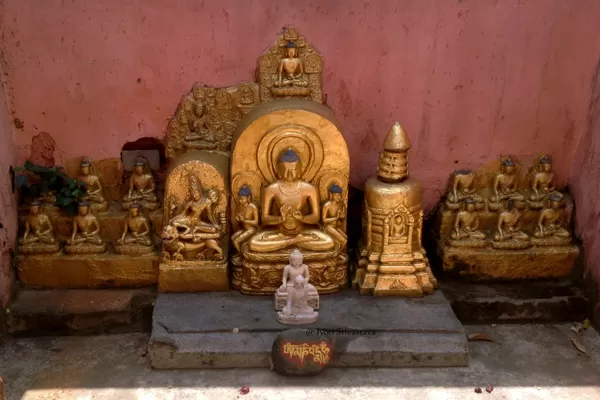
The Ratnaghar Chaitya:
This is a small shrine that marks the spot where Buddha spent the fourth week after his enlightenment, meditating under a jeweled canopy.
The Ajapala Nigrodha Tree:
This is a banyan tree that marks the spot where Buddha spent the fifth week after his enlightenment, answering the questions of a Brahmin named Ajapala.
The Rajyatna Tree:
This is a mango tree that marks the spot where Buddha spent the sixth week after his enlightenment, being offered food by two merchants named Tapussa and Bhallika.
The Muchalinda Lake:
This is a pond that marks the spot where Buddha spent the seventh week after his enlightenment, being protected by a snake king named Muchalinda from a storm.
The Buddhist Monasteries and Temples:
These are various buildings that represent different countries and traditions of Buddhism, such as Tibet, Thailand, Japan, China, etc. You can visit them to see their unique styles and features, and learn more about their cultures and practices.
Also check out: BODH GAYA - trip to the land of enlightenment!
Other Attractions in Bodhgaya
If you want to explore other places and activities in Bodh Gaya, you can visit some of the following attractions:

The Great Buddha Statue:
This is a 25-meter-high statue of Buddha that was inaugurated by the Dalai Lama in 1989. It is made of sandstone and red granite and depicts Buddha in a meditative pose.
The Archaeological Museum:
This is a museum that displays various artifacts and relics related to Buddhism and Bodh Gaya. It has collections of sculptures, coins, seals, pottery, etc., dating back to different periods of history.

The Dungeshwari Cave Temples:
These are three caves that are located about 12 km away from Bodh Gaya. They are believed to be the places where Buddha spent some time before coming to Bodh Gaya. They contain statues and paintings of Buddha and other deities.
The Sujata Kuti:
This is a small temple that is located about 8 km away from Bodh Gaya. It is dedicated to a village girl named Sujata who offered rice pudding to Buddha before his enlightenment. It has a stupa and a bodhi tree in its premises.
The Barabar Caves:
These are four caves that are located about 25 km away from Bodh Gaya. They are the oldest surviving rock-cut caves in India and date back to the 3rd century BCE. They have inscriptions and carvings of Ashoka and other rulers.
The Bodhi Tree is more than just a tree. It is a living testimony of Buddha’s enlightenment and a source of inspiration for millions of people. Visiting the Bodhi Tree can be an enriching and enlightening experience for anyone who wants to learn more about Buddhism or spirituality.
Whether you want to meditate under its shade, offer your prayers and respects, or simply admire its beauty and history, you will find something that suits your taste and interest.
We hope that this article has given you a comprehensive guide to visiting the Bodhi Tree and helped you plan your trip to this amazing destination. If you have any questions or comments about the Bodhi Tree or Bodh Gaya, feel free to share them with us in the section below or on our social media platforms. We would love to hear from you and assist you in any way we can.
Thank you for reading this article and choosing Tripoto as your travel partner. We wish you a happy and safe journey to the Bodhi Tree!


